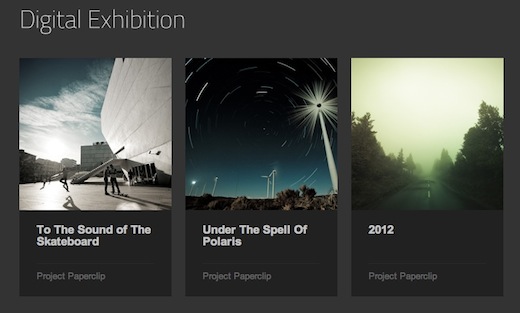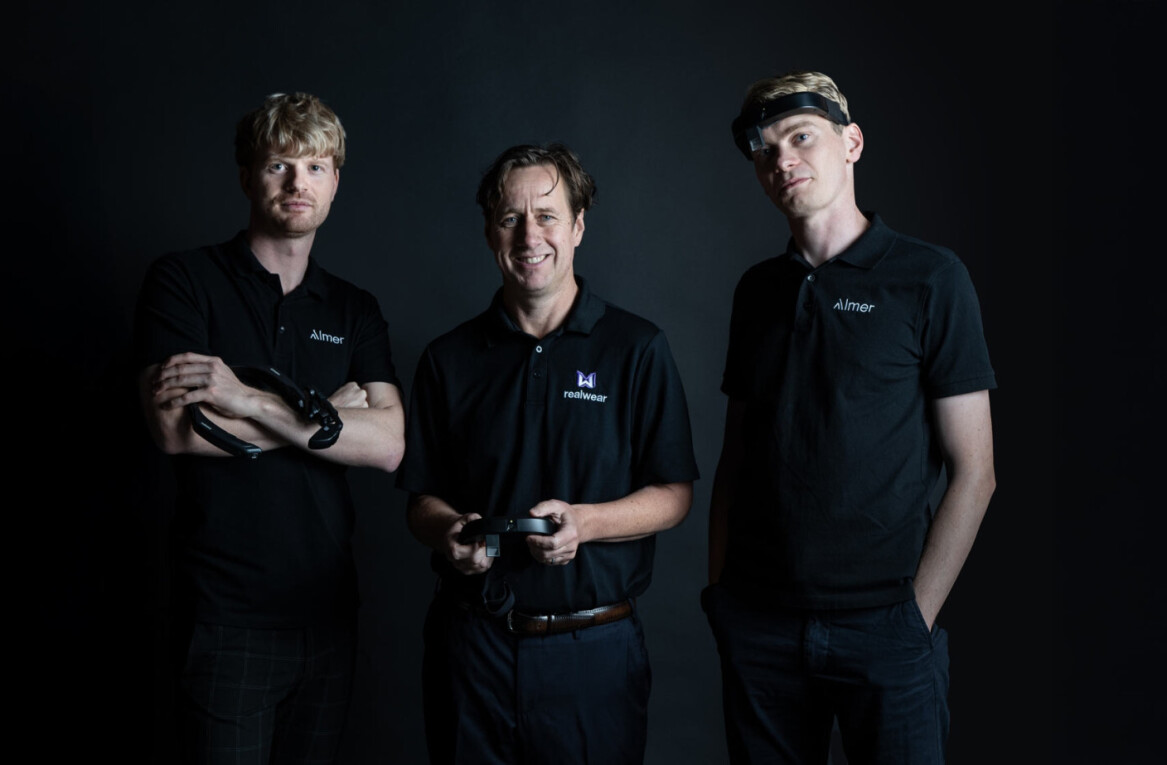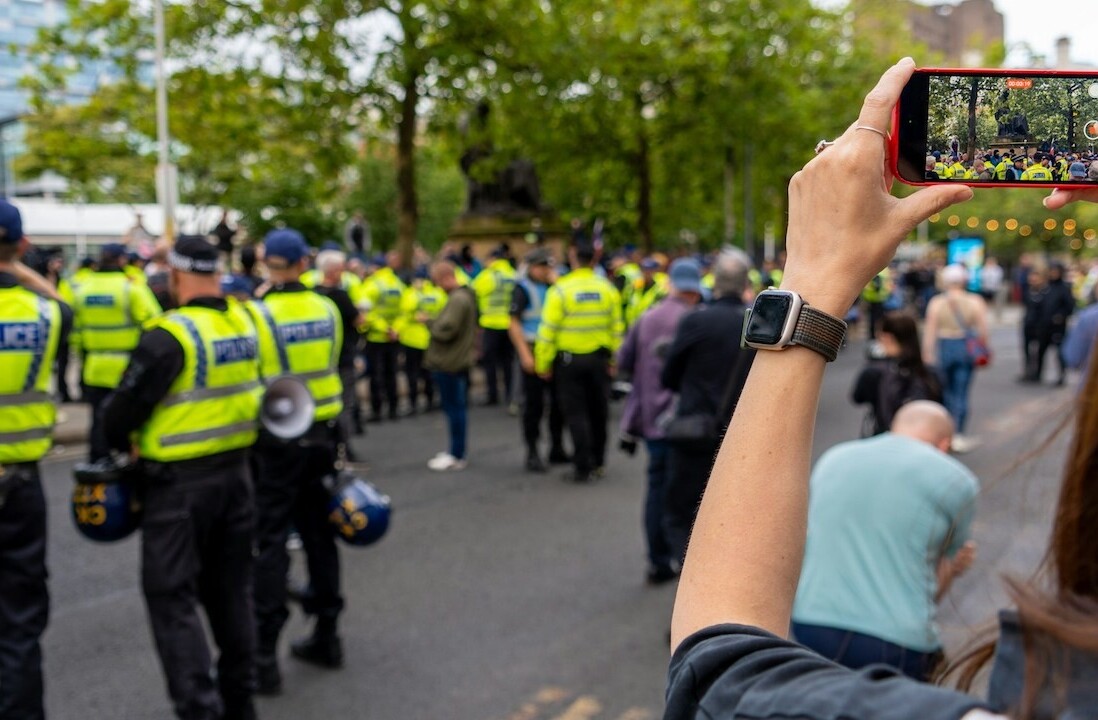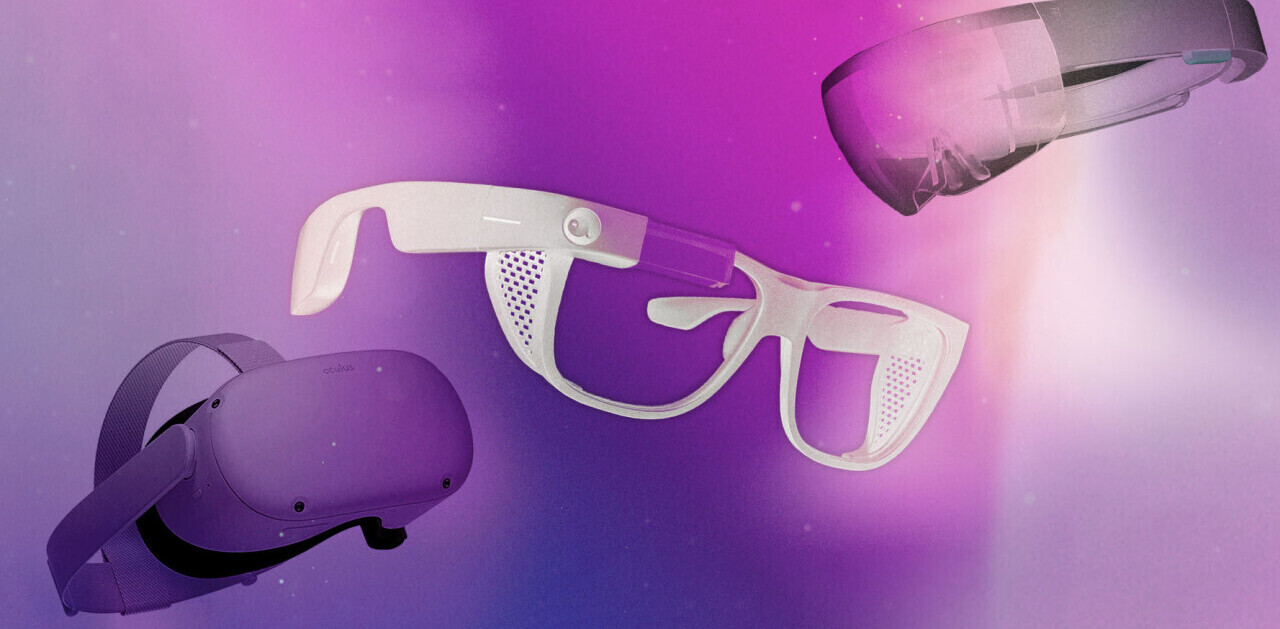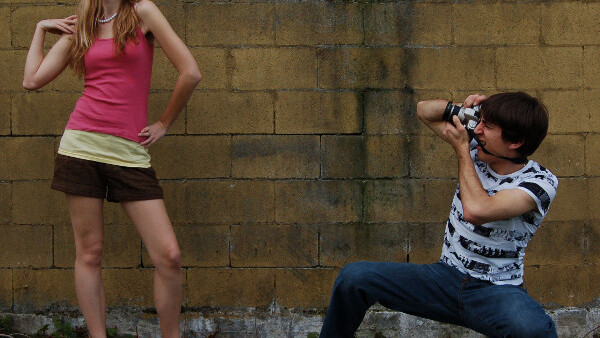
We’ve seen augmented reality make its way into the worlds of games, media and marketing, and beyond, and we’re bound to see yet more innovation in this field in the future.
Project Paperclip, an exhibition currently taking place in Portugal, and partially online, brings the world of augmented reality to photography. With the use of an iPhone app, photographer Nuno Serrão has created an all encompassing experience for anyone who wants to view his photography the way it was intended, calling it the “first photographic exhibition to use augmented reality.”
As a programmer, designer, videographer, and most recently photographer, Serrão was able to bring all of the necessary elements together himself in an exhibition which explores the Cold War:
In Project Paperclip, the Cold War is the common thread between the photographs and the reactive soundscapes. It may seem strange, bizarre even, that the most dangerous military conflict mankind has ever witnessed is a source of inspiration, however, if it is true that at no other time in our history we were as close to self-extinction, it is also true that we have never has so few limits placed on our imagination. During this period military financing fuelled science, and scientists were stimulated to a level of innovation and competitiveness without parallel.
Amongst the landscape and conceptual photographs and the soundscapes located throughout, a freedom to digress is transmitted, where for moments we are immersed in a parallel reality, greatly inspired by science and curiosity.
Even if you can’t make it all the way to the exhibit in Portugal for the full gallery experience, you can check out the online exhibition which features three of the photos, accompanied by QR codes which, when scanned with the Project Paperclip app, will take you straight into the world that Serrão created.
Scanning the QR code associated with the picture will load a ‘soundscape’ associated with that image. The Project Paperclip app also adapts itself to your surroundings:
The experience is unique each time it is activated as the app’s algorithm utilizes real-time processing of variables from the visitors location, such as: the time of day, the level of noise that exists in the room, your voice, the movement and localization of the user, amongst many others.
QR codes, apps and augmented reality are great ways to give an audience at a gallery or museum a more in-depth experience than a small placard nailed to a wall can do. And Serrão’s exhibit, while elaborate in of itself, is just scratching the surface of what augmented reality has to offer.
And if you can’t make it to the exhibit itself, check out this short video giving you a sense of what it’s like:
Get the TNW newsletter
Get the most important tech news in your inbox each week.
